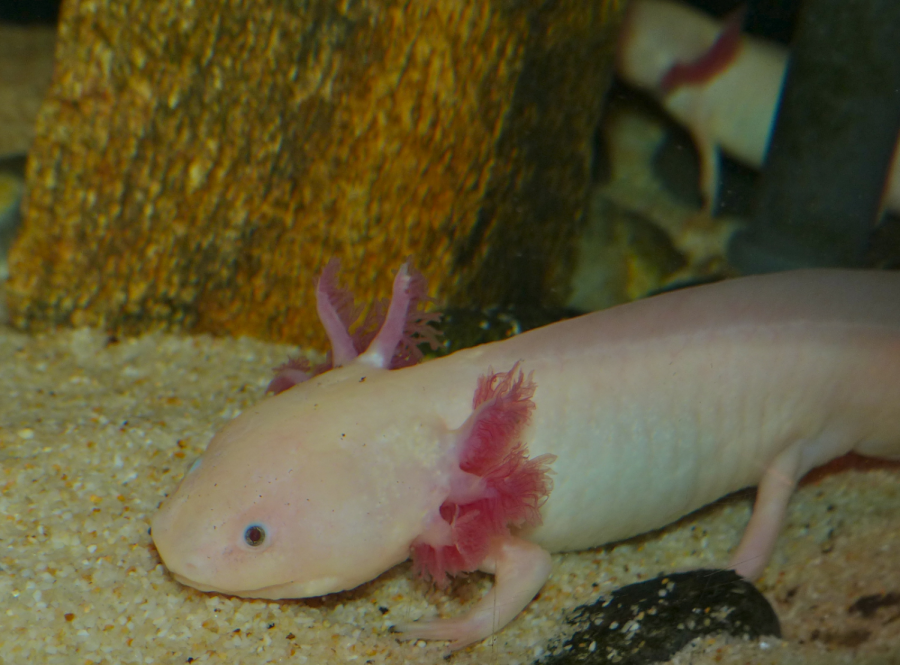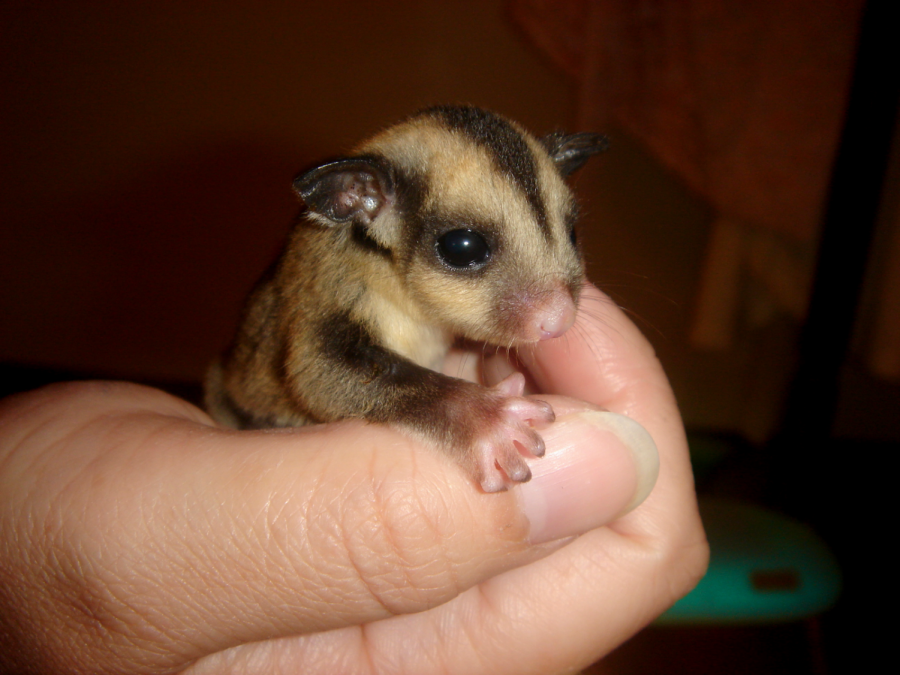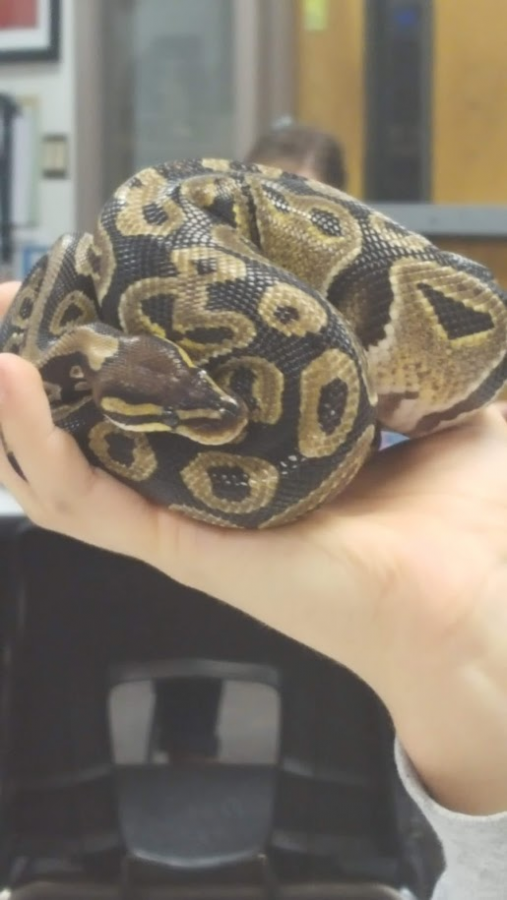Lions and Tigers and… Axolotls?
Dogs and cats can be found in many homes nowadays, and it can be said they are the most common pets. However, there are many exotic pets that have been gaining more and more popularity throughout the years. Here are five exotic pets that have recently been gaining publicity.
December 14, 2020
Axolotls
Also called the Mexican walking fish, these strange creatures are not, in fact, fish. They are amphibians that can grow up to a foot in length, however they tend to be closer to half a foot. Axolotls are carnivorous, and their primary diet includes worms, insects, tadpoles, and other water animals. According to the San Diego Zoo, “It is said that this animal is over 1,000 times more resistant to cancer than mammals…”
Fennec Foxes
In the United States it is legal to own one of these foxes in 44 states. While they are technically wild animals, they have been slightly domesticated throughout the years. The fennec fox can live up to 14 years in captivity, and weighs up to 3.5 pounds. Fennec foxes can be loud at times, and are very energetic creatures. “As desert animals, fennecs require temperatures of at least 68 degrees Fahrenheit. If you live in an appropriate climate, an outdoor enclosure that’s as large as possible is ideal to give your fennec some exercise…The pen must be designed to prevent your fennec from digging under or climbing over the walls, both of which these foxes are quite good at doing,” says The Spruce Pets.
Sugar Gliders
Belonging to the marsupial family, these little animals are social creatures, and often need to live in a colony. They earned their names from flaps of skin that stretch from their sides to their wrists. Sugar gliders are nocturnal but rather playful, which is why they’re better pets for people who have time in the evening and night to play with them. As stated by PetMd, “Sugar gliders are omnivores (eat both plant and animal matter) that have specific nutritional requirements that must be met for them to stay healthy.”
Capybaras
The largest rodent in the world, capybaras are semi-aquatic and live in herds. As The Spruce Pets writes, “A capybara housed alone, unable to communicate with anyone, can become stressed out and depressed…the best way to ensure your pet’s happiness is to make sure they have at least one friend to talk to, groom, and swim with.” These rodents are diurnal, but can live in temperatures from 45 to 100 degrees Fahrenheit. In captivity, they eat Orchard and Timothy hay. Capybaras have a large vocabulary, and communicating with them can help improve their happiness.
Ball Pythons
While not for the faint of heart, ball pythons are docile pets. They are not the only type of pet snake, but they are among the most common. They can live around 30 years and can go six months without eating, however feeding them every one to two weeks is recommended. Since snakes are cold-blooded, ball pythons require heating sources such as a heating lamp or heating pad. Snakes also require higher amounts of humidity, especially during shedding. Snakes are excellent at escaping and getting out of places, so make sure the snake is in a secure place to prevent escapes.
These are just five of many exotic and unique pets that are becoming better known. If you ever start looking into hypoallergenic pets or just want something different, consider a reptile, rodent, or marsupial (Related: the Horizon Sun’s take on the best pet goes from dogs to chameleons).
Please note that before getting any animal, research should be conducted, and the legalities of owning these animals should be researched.













